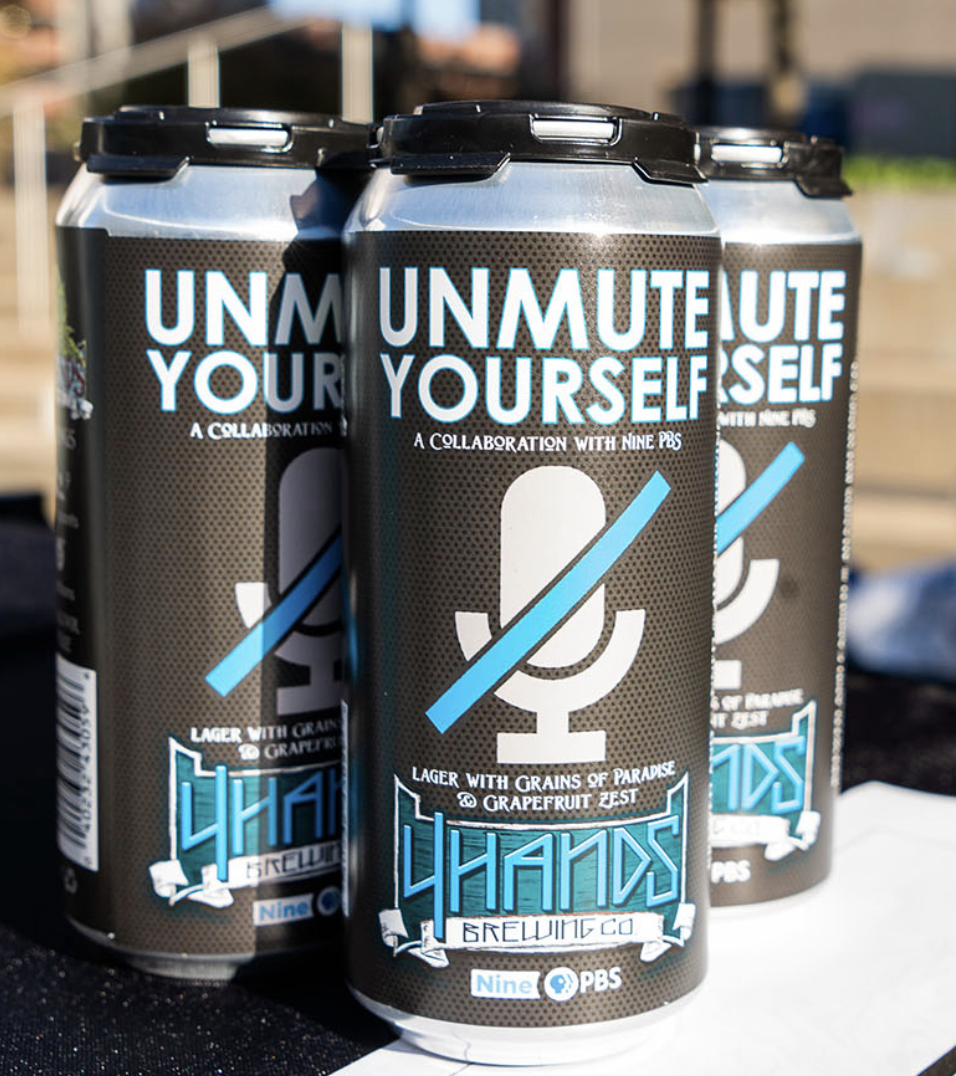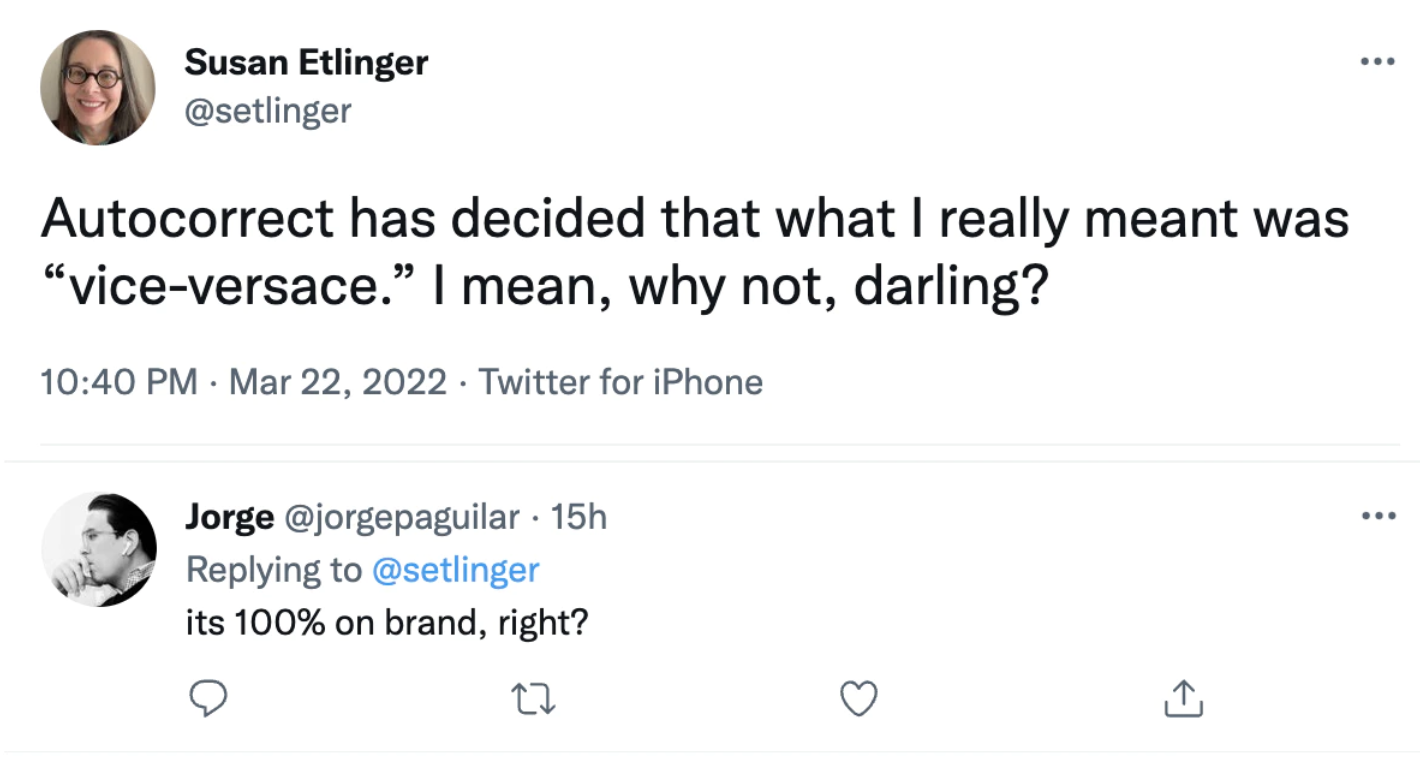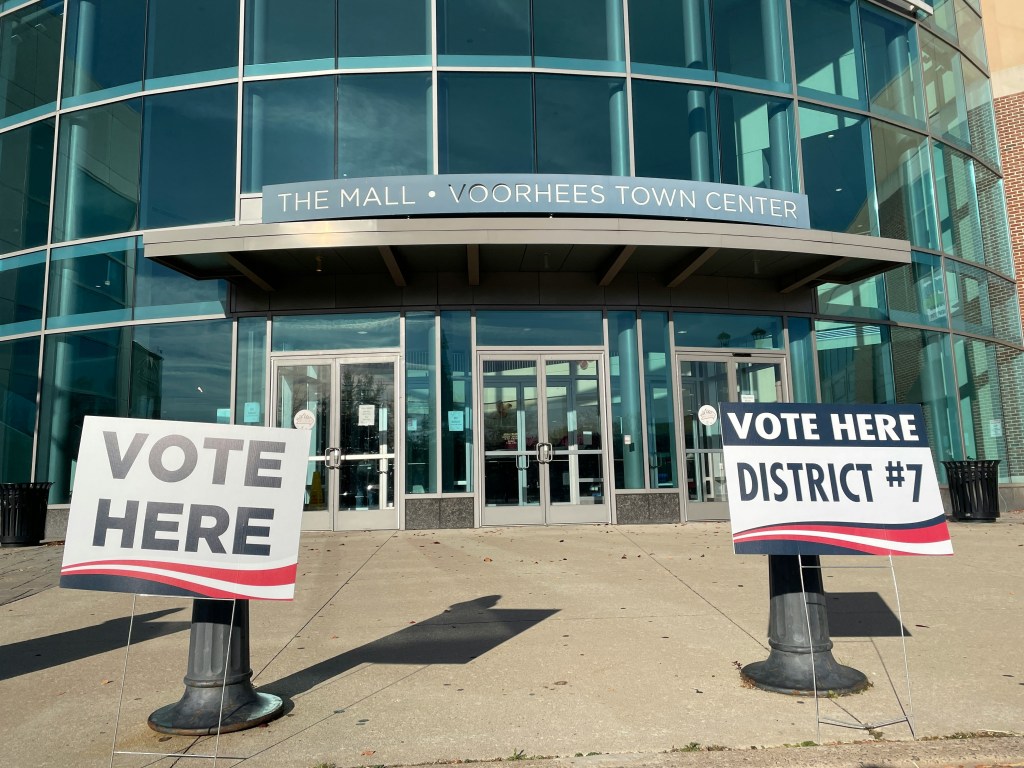
Let’s define sustainability; strength in numbers for journalism cohorts
Branded beers are a thirsty new trend in public media

I’ve been in the digital journalism game since 1995, which is about as long as it’s actually been a game. In those many years, I’ve seen many terms appear on the horizon, and go from cutting edge to worn out in what seems like 10 minutes. You know these terms, like “new media” and “convergence” and “multimedia” and “engagement.” These words were all overused to the point of meaninglessness. Most everyone knew the terms; few could agree on a precise definition.
The word of the moment that best seems to fit that bill is “sustainability.” But this one is too important to dismiss and move past, so I want to at least clarify what Knight means when we talk about sustainability – because it is a central plank in our funding strategy.
Many who have worked with Knight know this, but not everyone does: In general, we don’t directly fund newsrooms. Most of our funding goes toward efforts to build business capabilities for news organizations, either via direct grants or to broader support organizations like the American Journalism Project, the Institute for Nonprofit News and LION Publishers. Because great journalism that can’t support itself is journalism in peril.
So what is sustainability to Knight? It’s simple: A sustainable business is one that generates enough revenue to support its journalistic efforts – and does it in a systematic and repeatable fashion.
For example, if an organization has an overall budget of $1m and gets a $2m grant, that does not make it a sustainable organization, since that grant isn’t necessarily repeatable. But if that grant allows for the creation of a membership team and technology stack that creates $1.1m in revenue, that’s a different story. Sure, membership revenue isn’t entirely repeatable, but, for most publishers, it’s far more reliable than hoping for another large grant. The more revenue that can be diversified, the better. That’s no easy task, of course, but no one working in the local news business right now is in this because it’s easy.
The other core reason we focus on sustainability is because it usually is paired with independence. Being dependent on one charitable organization, advertiser or angel investor is dangerous, as those working at DNA Info and Pacific Standard sadly found out. And getting support from the government comes with a whole different set of potential issues.
A good example of Knight’s funding philosophy can be found in the investments we made to support Black publishers in February. The three largest investments in that group all went toward sustainability. For the Knight x LMA BloomLab, our funding will primarily help 26 Black publishers with audience development, revenue growth and technology upgrades. With Capital B, the two positions we funded were for an audience director and membership director. At URL Media, our support was to help hire operational staff and to pilot an advertising network for URL’s partners.
This will continue to be a theme in our investments. We know providing high-quality journalism isn’t cheap, which is precisely why we focus our funding on growing the revenue and mitigating the expenses that allow that work to be done in a more sustainable way.
A New Sustainability Summit
Based on the first item in this newsletter, it should come as no surprise that Knight will be sponsoring the first Independent News Sustainability Summit in October. Co-produced by LION, News Revenue Hub and RevLab at The Texas Tribune, the event will take place Oct. 27-29 at a location to be announced shortly (don’t worry, you’ll like it). Registration hasn’t yet opened, but you can ask to be alerted when it does.
I’m personally excited about this, as a journalism conference devoted purely to sustainability is so important in these challenging times.
Other News around the horn…
Cohorts
💪🏾 All together now. Lately there’s been a wonderful trend toward cohorts and accelerators bringing people together for training, networking and building businesses. These three new cohorts show great promise:
🧑🏾Product thinking for Black publishers: 12 newsrooms around the U.S. were chosen for the first Black Media Product Strategy Program, a six-month, tuition-free initiative at CUNY’s Newmark School of Journalism. What’s on the syllabus? Building product strategies for digital transformation, audience growth and – wait for it – sustainability. Funding comes from Knight, and the publishers are a fab mix of digital-first and legacy publications, and even some “solopreneurs.”
👩🏼🤝👩🏿Sisters are doin’ it for themselves: 26 inspiring women leaders were announced as the new cohort of ONA’s Women’s Leadership Accelerator. It’s a year-long program designed to build leadership and management skills with training, coaching and practical guidance. Not only do women get support from this cohort, but from all previous cohorts including alums, mentors and speakers. This year’s class represents six countries, and a majority of participants identify as women of color. It’s tuition-free thanks to funding from Knight, Dow Jones Foundation, Inasmuch Foundation, the Tiffany Shackelford Foundation and Otter.ai.
💸Local newsrooms look to get paid in full: Here’s a cohort run by a cohort of support organizations. Report for America teamed up with Local Media Association and Meta Journalism Project to start a new Sustainability Lab with 20 newsrooms – for-profit and nonprofit – around the country. In the six-month program they’ll learn best practices on raising money through philanthropy, branded content and other revenue streams. Best of all, they have the knowledge and lessons learned from previous programs run by all three organizations. (Want to learn more about how RFA helps local newsrooms raise money? Check out their free webinar April 13.)
Success!

🍻Thanks to drinkers like you! Public media has always been about serving the public, but serving up limited-run microbrews? Yes. According to Current, the co-branding craze has led to beers such as “Viewers Like You” in St. Paul, Minn. and the pandemic-era “Unmute Yourself” in St. Louis. While the beers don’t bring in a ton of money, they do offer branding to younger audiences, event tie-ins and more. “We’re kind of a beer town, but there’s a specific audience that is interested in this kind of thing, and they’re not necessarily the audience we always reach,” St. Louis’ Nine PBS CMO Matt Huelskamp told Current.
💥The Child Tax Credit, Illustrated. Understanding government programs, especially during the pandemic, has been a little mind-numbing. A big shout-out to Daily Yonder for making the Child Tax Credit a little more easy to understand with a new graphic novel approach. Not only does graphic illustrator Nhatt Nichols help explain how the Child Tax Credit came and went (and might come back), but she does it in a way that humanizes the news.
Funding
⚡Powering up local journalism. When you think of a private club called “The Battery” (they say don’t call it “Battery Club” or just “Battery”) based in San Francisco, you probably think of a bunch of smug techies. But let’s give them props for putting nearly $1 million of their money into media and journalism, with grants to CalMatters, INN, Chalkbeat, Cityside, El Timpano and others.
Milestone
✨Two years of legal aid. Another recipient of the largesse of “The Battery” was the Reporters Committee for the Freedom of the Press (RCFP), which is celebrating two years of its Knight-funded Local Legal Initiative. The program hired attorneys in five states to help support local newsrooms. The results have been eye-opening: Representing more than 120 journalists and news organizations, RCFP’s lawyers have helped provide access to more than 5,500 pages of public records, more than 29 hours of body camera footage, and unsealed more than 3,300 pages of court records. Get out the popcorn and check out just how much impact that’s had on so many communities.
Tweet of the Week

News @ Knight Credits
Written by Jim Brady, with Mark Glaser
Edited by Jessica Clark & Kenny Ma
Produced by Kenny Ma
Executive Produced by Heidi Barker & Jim Brady
Godfathered by Alberto Ibargüen
A Knight + Dot Connector Joint
Recent Content
-
Journalismarticle ·
-
Journalismarticle ·
-
Journalismarticle ·


